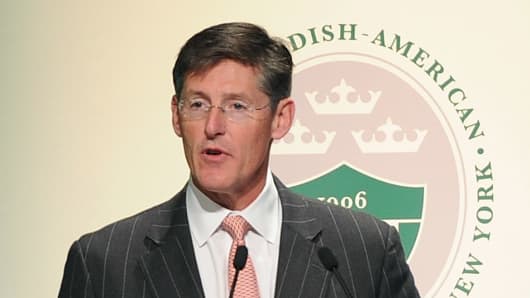Calling the men a group of "incredibly strong leaders," Corbat said in a statement that he would be "relying on their skills and experience as we navigate the challenges and opportunities ahead."
Corbat took over Citi's top job in October, after former CEO Vikram Pandit resigned, a move that took a number of Wall Street observers by surprise. Reports later surfaced that differences over strategy and performance had surfaced between Pandit and other board members.
Forese is a known commodity among Citi watchers who in the past was short-listed as a potential candidate to succeed Pandit. Medina, a former CEO of Banamex, one of Mexico's largest banks. He also has experience in consumer banking, and once headed Citi's Latin America operations.
According to some analysts, having successors and clear lines of authority have become more than just palace intrigue. In an industry buffeted by challenging economic conditions and scandal, investors are paying closer attention to who might be tapped to take over the executive suite in the event of a CEO's sudden departure.
In the wake of the 2008 financial crisis that nearly felled the global banking giant, Citi has been among the worst performing Wall Street banks, and still bears the scars of the meltdown that prompted a worldwide recession.
Now being headed by its fourth CEO in less than a decade, Citi has seen far more churn in its top position than several of its Wall Street peers, including J.P. Morgan Chase and Goldman Sachs, both portraits of executive stability.
Changeover in the executive suite, in addition to its hangover from the housing boom and bust, has forced the bank to downsize for the better part of the last six years. In December, Citi announced a plan to slash 11,000 jobs and close branches worldwide. Meanwhile, the financial giant has fended off calls from some investors to either break up the company or streamline more aggressively.
Last year, former Citigroup CEO Sanford "Sandy" Weill made a surprising call to unwind the financial supermarket template he helped to create back in the 1990s, when he merged Travelers Group with Citibank.




